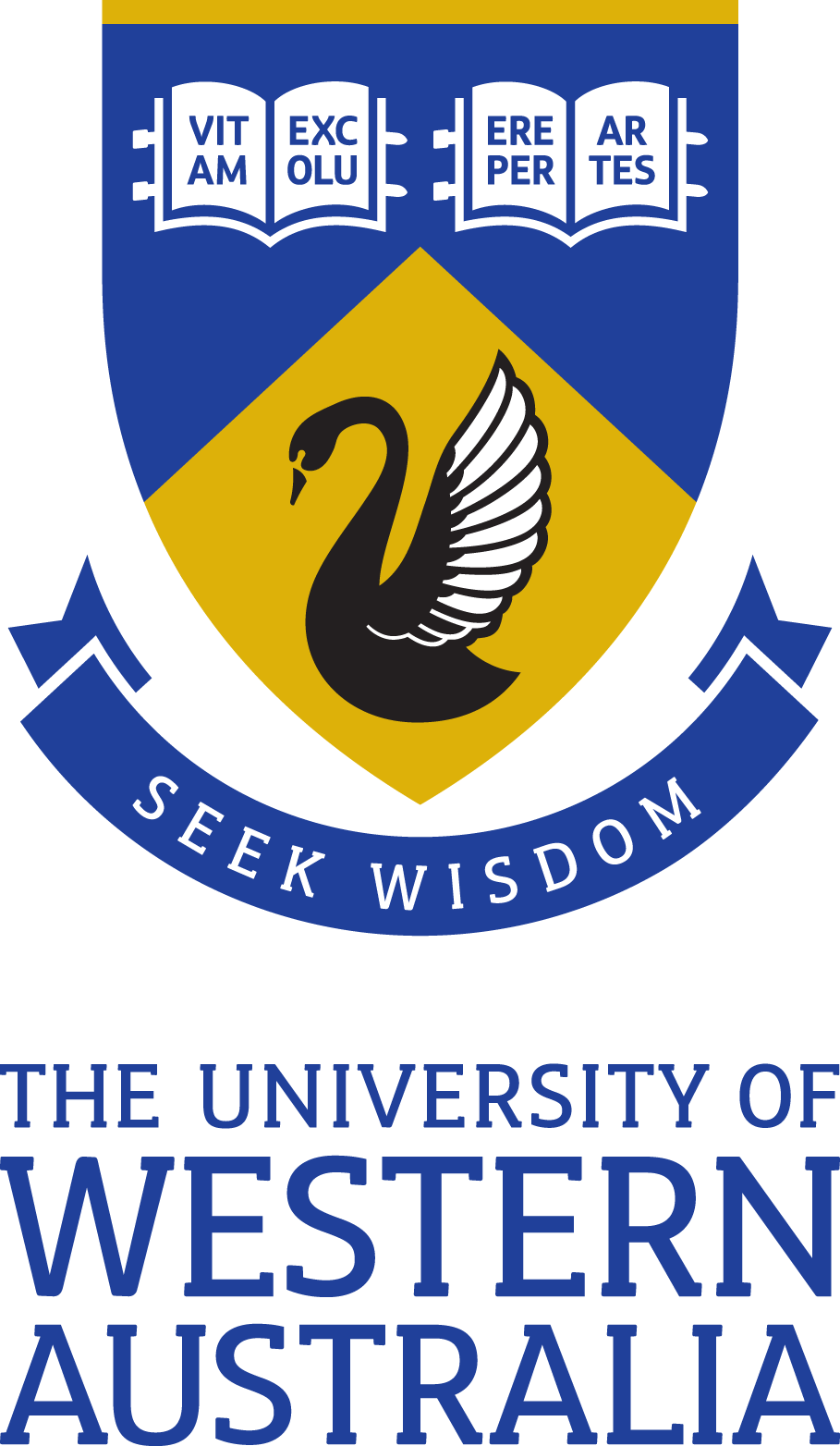Full description
We infer the intrinsic ionized gas kinematics for 383 star-forming galaxies across a range of integrated star formation rates (SFR ∈ [10-3, 102] M☉ yr-1) at z ≲ 0.1 using a consistent 3D forward-modelling technique. The total sample is a combination of galaxies from the Sydney-AAO Multiobject Integral field Spectrograph (SAMI) Galaxy survey and DYnamics of Newly Assembled Massive Objects survey. For typical low-z galaxies taken from the SAMI Galaxy Survey, we find the vertical velocity dispersion (σV,z) to be positively correlated with measures of SFR, stellar mass, H I gas mass, and rotational velocity. The greatest correlation is with SFR surface density (ΣSFR). Using the total sample, we find σV,z increases slowly as a function of integrated SFR in the range SFR ∈ [10-3, 1] M☉ yr-1 from 17 ± 3 to 24 ± 5 km s-1 followed by a steeper increase up to σV,z ∼80 km s-1 for SFR ≳ 1 M☉ yr-1. This is consistent with recent theoretical models that suggest a σV,z floor driven by star formation feedback processes with an upturn in σV,z at higher SFR driven by gravitational transport of gas through the disc.Notes
External OrganisationsSydney Institute for Astronomy; University of Sydney; ARC Centre of Excellence for All-sky Astrophysics; The University of Western Australia; ARC Centre of Excellence for Astrophysics in Three Dimensions (ASTRO3D); Curtin University; Sydney Inst Astron SIfA; Western Sydney University; University of New South Wales (UNSW); ARC Australian Research Council; Swinburne University of Technology; Johns Hopkins University; Australian Astronomical Observatory; University of Cambridge; University of California Berkeley; Australian National University; Macquarie University; Australian Astronomical Optics; Christ University, Bangalore; NASA, National Aeronautics & Space Administration (NASA), Armstrong Flight Res Ctr, SOFIA Operat Ctr, USRA; NASA Armstrong Flight Research Center; NASA Ames Research Center; National Institute on Aging; SOFIA Science Center; University of Queensland; University of Oxford
Associated Persons
Mathew R Varidel (Creator); Scott M. Croom (Creator); Geraint F. Lewis (Creator); Deanne B. Fisher (Creator); Karl Glazebrook (Creator); Mark R Krumholz (Creator); Joss Bland-Hawthorn (Creator); Julia Bryant (Creator); Sarah Brough (Creator); Christoph Federrath (Creator); Jon S. Lawrence (Creator); Nuria P F Lorente (Creator); Matt S. Owers (Creator); Samuel N. Richards (Creator); Ángel R. López-Sánchez (Creator); Sarah M. Sweet (Creator); Jesse Van De Sande (Creator); Sam P. Vaughan (Creator)
Mathew R Varidel (Creator); Scott M. Croom (Creator); Geraint F. Lewis (Creator); Deanne B. Fisher (Creator); Karl Glazebrook (Creator); Mark R Krumholz (Creator); Joss Bland-Hawthorn (Creator); Julia Bryant (Creator); Sarah Brough (Creator); Christoph Federrath (Creator); Jon S. Lawrence (Creator); Nuria P F Lorente (Creator); Matt S. Owers (Creator); Samuel N. Richards (Creator); Ángel R. López-Sánchez (Creator); Sarah M. Sweet (Creator); Jesse Van De Sande (Creator); Sam P. Vaughan (Creator)
Issued: 2020-06
Subjects
Astrophysics - Astrophysics of Galaxies |
galaxies: disc |
methods: data analysis |
methods: statistical |
techniques: imaging spectroscopy |
User Contributed Tags
Login to tag this record with meaningful keywords to make it easier to discover
Identifiers
- global : fc620cb3-db65-4f63-9b7e-ce937622fecd


